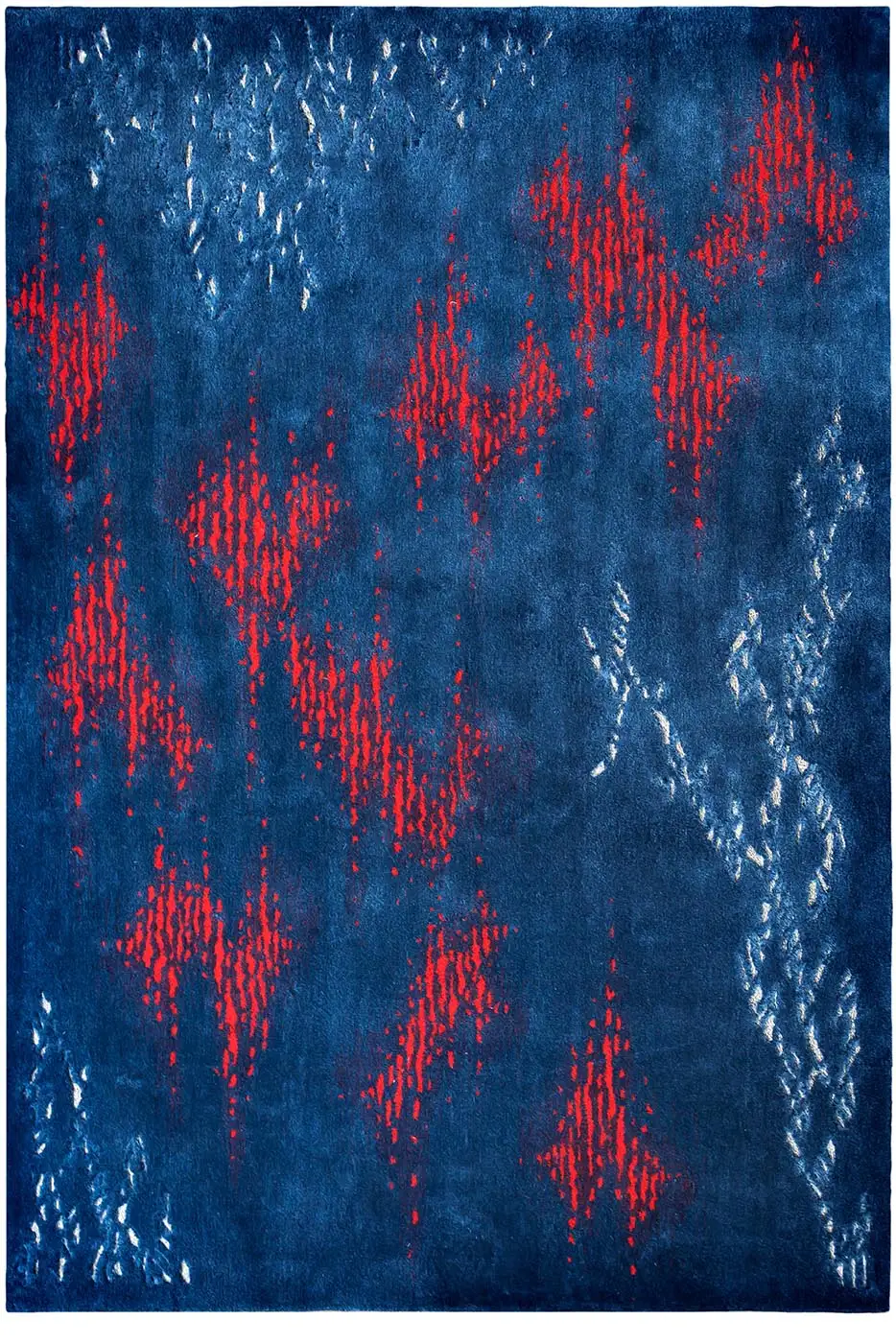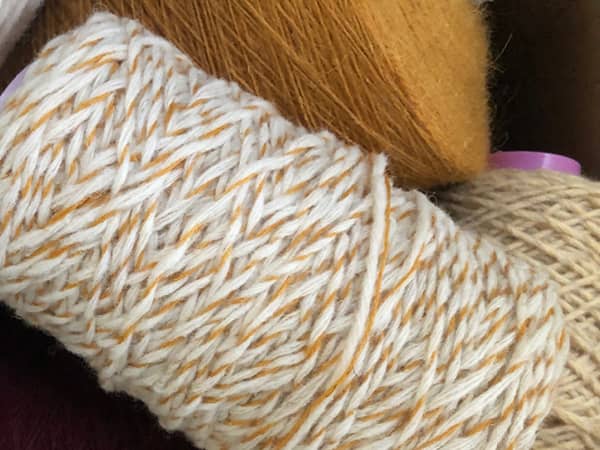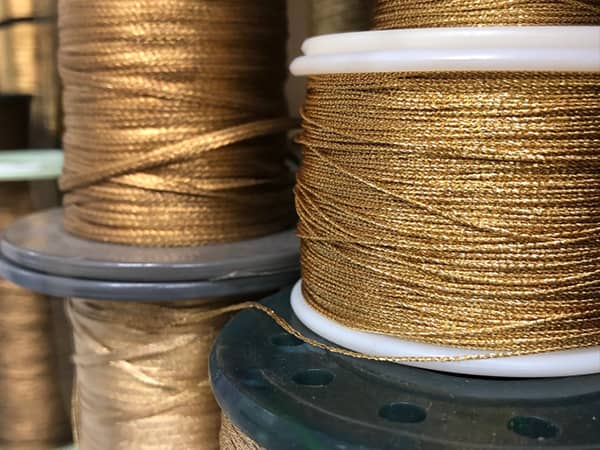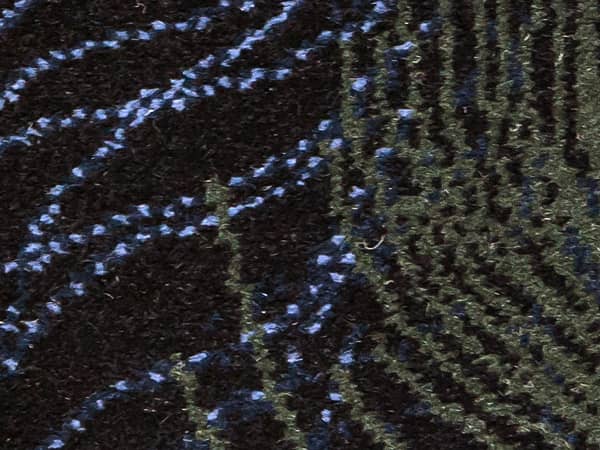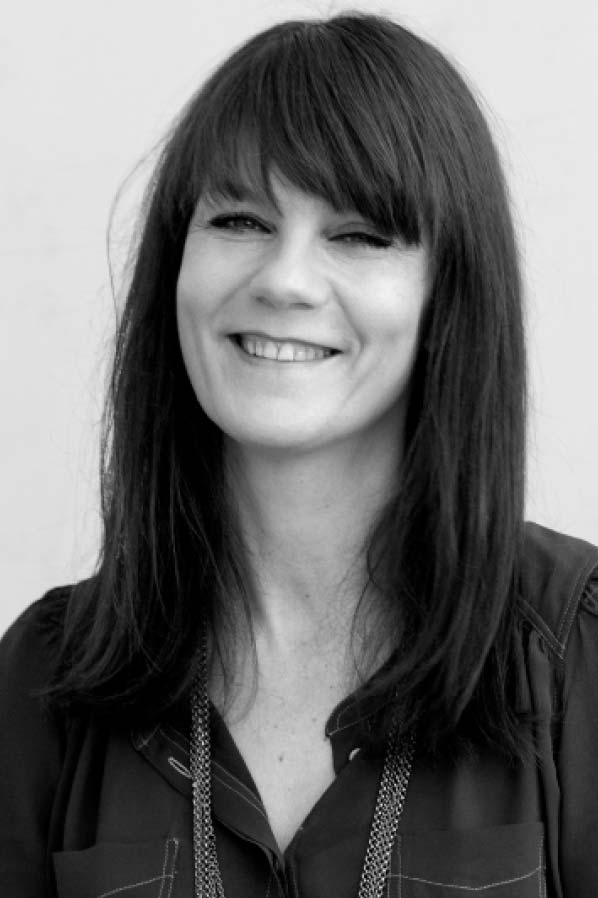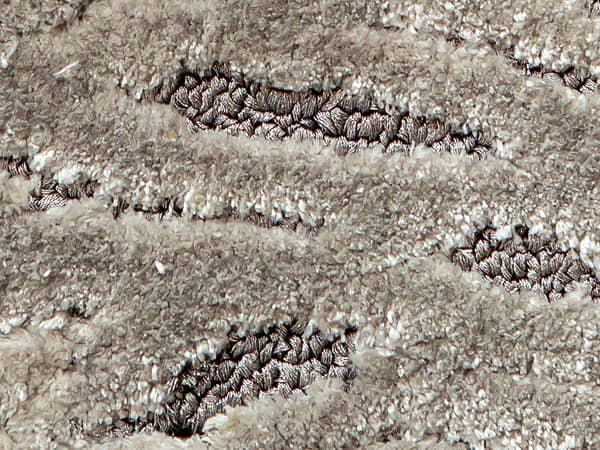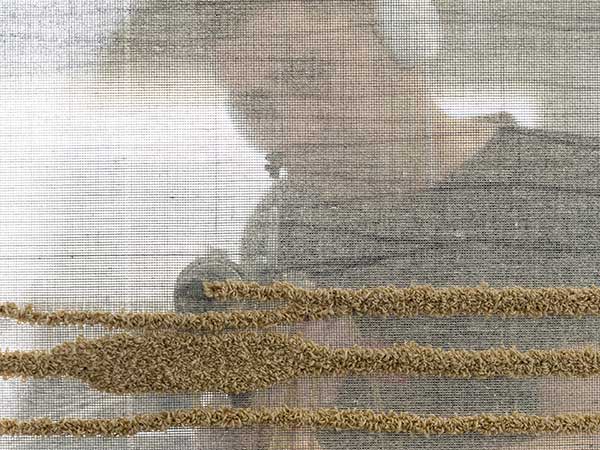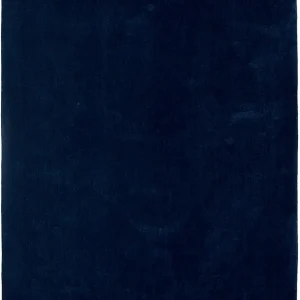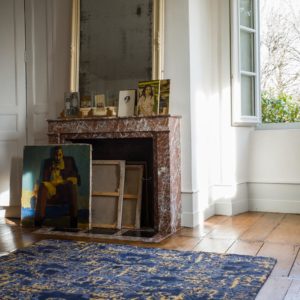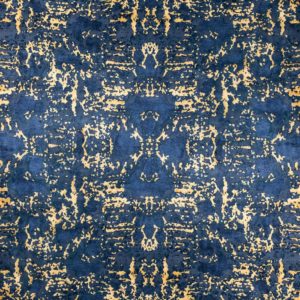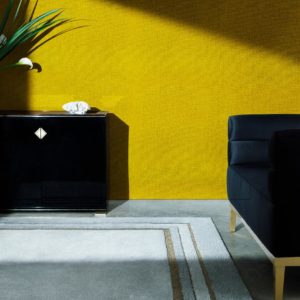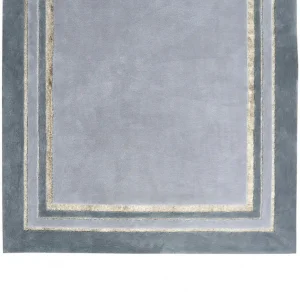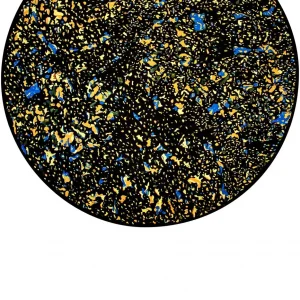octocorallia
by Ulrika Liljedahl
HAUTE COUTURE
MATERIALS Cotton, Tulle (polyamide) & Metal
TECHNIQUE Hand tufted
SIZE 250 x 170 cm
PRICE*
* Price incl. VAT includes : Packaging of the product and home delivery regardless of your country of residence.
PRICE:PLEASE CONTACT US WITH YOUR REQUIREMENTS
可超售
描述
cotton
Cotton is made from the vegetal fibres surrounding the seeds of the cotton plant. Traces of cotton were found in Ancient Egypt and in Mexico, possibly over 7,000 years old. Cotton culture developed in America, Africa and Eurasia. While it reached Europe as early as the IInd century BC, its history on that continent truly began with the creation of the West India trading companies. From then on, the culture of cotton never stopped growing and it is now the most used natural fibre in the world. More difficult to weave than linen because of its short fibres, it has a higher density. Cotton is a very good insulation material thanks, in particular, to its exceptional moisture absorption properties. It is warm, soft, comfortable. PINTON weaves this staple of the textile industry on its own or combined with other materials for the Couture as well as the Diffusion lines. In tapestry making, cotton is very rarely used on its own and is most often combined with other materials. It is generally the material used for the warp thread.
Cotton can be used in loop weave where the continuous thread forms loops on the surface of the rug, or in pile weave where the threads on the surface of the rug are cut. It can also be woven as loop and cut which combines both techniques.
metal threads
A few thousand years before Christ, Roman, Chinese, Persian and Egyptian craftsmen used to cover in gold leaf the threads that they were going to weave for the rich and powerful. Later, weavers used gold and silver threads to embellish tapestries woven out of wool or silk. These threads were difficult to work and extended production times. They required particular skills, passed from generation to generation. From the XVIIth century onward, new techniques made it possible to create very fine metal threads able to go through fabric. Today, the metals used with textile fibres are silver, gold and copper, but also aluminium, iron or stainless steel, and come in every colour. In PINTON’s Couture collection, these fabulous threads are inserted alongside traditional wool or silk yarns, to create poetic and graphic pieces imagined in partnership with contemporary artists and designers.
polyamide
The polyamide used in the textile industry is better known as nylon. Nylon was first developed in 1935 by employees of the Dupont de Nemours company. The origins of the name are shrouded in mystery: for some, it comes from the contraction of New-York and LONdon, for others it is made up of the initials of the surnames of the inventors’ wives. It is also said to derive from no run, meaning that it doesn’t ladder. Nylon is produced through a staged polymerisation process. The polymer is melted before being spun. Stretched into extremely thin filaments, the fibre becomes very resistant when dry. Nylon rose to fame in the United States and in Europe with nylon stockings, highly praised for their resistance, flexibility and stretchability! Last but not least, this fibre has yet another quality: it is waterproof and dries rapidly. Because of these exceptional properties, PINTON combines nylon with wool in its staircase rugs and carpets to make their pile more robust, allowing them to withstand heavy traffic while maintaining a natural, high quality, comfortable finish.
Ulrika
Liljedahl
Ulrika Liljedahl est une artiste suédoise. Elle vit et travaille à Paris. Elle collabore régulièrement avec la haute couture et le prêt à porter de luxe pour des marques comme Christian Lacroix, Alexander McQueen (Givenchy), John Galliano (Dior), Jean-Paul Gaultier, Yves Saint Laurent, Louis Vuitton ou encore Marc Jacobs. Pour eux, Ulrika Liljedahl développe des matières et des textiles originaux. Certaines de ses pièces ont été exposées dans divers musées à travers le monde comme le Metropolitan Museum of Art à New York, le Musée Bunkamura à Tokyo, le Musée Galliera et le Musée de la Mode à Paris. D’autres ont rejoint des collections importantes notamment celles du Centre National des Arts Plastique ou encore du Musée Galliera.
La collaboration entre Ulrika Liljedahl et PINTON s’inscrit dans le temps. Pour la maison, l’artiste tisse d’œuvres en œuvres un univers mystérieux, organique et poétique à travers des motifs et des associations de matières originales qui attirent l’œil et incitent au toucher.
inserts
Like flowers brightening a wheatfield and giving extra charm, inserts embellish our rugs. They bring an original and precious touch, using threads in materials as unexpected as lurex, phosphorescent fibres, metal, vinyl or leather. An insert is a different material woven into a rug. It can also be made of beads, ribbons or rivets. Inserts add a whole new dimension to a rug and enhance a texture or material, or play with the light in a new way, creating unusual contrasts. Inserts are a perfect illustration of the skills applied by our craftspeople to the production of our Couture rugs. They offer the artists and designers with whom we collaborate many possibilities and a vast areas for exploration and experimentation. Facilitated by the PINTON expertise and the company’s love of innovation, this process allows the artists’ imagination to roam freely. It gives them the opportunity to reinvent materials and create outstanding rugs, both tactile and visually appealing, generating curiosity and admiration.
hand tufted
The hand tufting technique is a process combining centuries-old skills and modern weaving tools. The canvas is perfectly stretched over an upright loom and the craftsperson transfers by hand the future design of the rug with the utmost precision. Threads are inserted manually, one by one, working with a gun on the back of the canvas, following the colours, the drawing and the different tuft heights. PINTON was one of the first manufactories to use the gun tufting technique to produce some of its rugs and carpets and is the only French workshop offering very high quality tufted rugs. With this technique, production times are reduced compared to the knotted stitch weave or point noué. Finally, hand tufting offers a large range of possible depths. Carving is the technique that consists in sculpting the wool and creating textures within the woven rug. Since the early 1990s, PINTON has been specialising in the production of hand tufted rugs for which it also collaborates with famous designers and artists.

